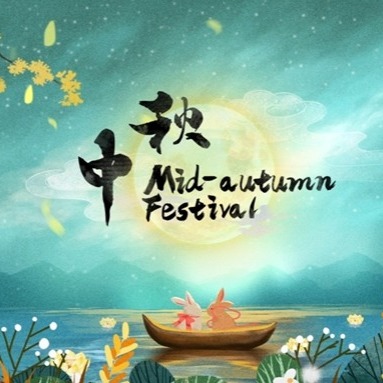

Houyi himself was an immortal, while Chang'e was a beautiful young girl, working in the Jade Emperor's (Emperor of Heaven) (玉帝 pinyin:yùdì) Palace as the attendant to the Queen Mother of the West (wife of the Jade Emperor), just before her marriage. There are at least 6 variations to this story where Houyi was an archer. However, most legends about Chang'e in Chinese mythology involve some variation of the following elements: Houyi, the Archer Chang'e, the mythical Moon Goddess of Immortality an emperor, either benevolent or malevolent an elixir of life and the Moon: There are so many variations and adaptations of the Chang'e legend that one can become overwhelmed and utterly confused. Tradition places Houyi and Chang'e around 2170 BC, in the reign of the legendary Emperor Yao, shortly after that of Huang Di. Unlike many lunar deities in other cultures who personify the moon, Chang'e lives in the moon.

The story of Chang'e and her flight to the moon, familiar to most Chinese citizens, is a favourite subject of poets. While Westerners may talk about the "man in the moon", the Chinese talk about the "woman in the moon". Stories of the Mid-Autumn Festival Houyi and Chang'e Since the Ming Dynasty(1368-1644), and Qing Dynasties (1644-1911), the custom of Mid-Autumn Festival celebration has become unprecedentedly popular.
CHINESE MID AUTUMN FESTIVAL 2012 DATE FULL
At night, they came out to watch the full moon to celebrate the festival. In the Southern Song Dynasty (1127-1279), however, people started making round moon cakes (Chinese: 月饼 pinyin: yuèbǐng), as gifts to their relatives in expression of their best wishes of family reunion. The practice became very prevalent in the Tang Dynasty (618-907 CE) that people enjoyed and worshipped the full moon. In the Zhou Dynasty (1066 BCE-221 BCE), the people celebrated the Mid-Autumn Festival to worship the moon. The custom of celebrating the moon (Chinese: 月亮 pinyin: yuèliang) for both the Han Chinese and minority nationalities, can be traced as far back as the ancient Xia Dynasty and Shang Dynasty of China (20th century BC-1060s BC). Shops selling mooncakes, before the festival, often display pictures of Chang'e floating to the moon. Collecting dandelion leaves and distributing them evenly among family members.Burning incense in reverence to deities including Chang'e.Eating moon cakes outside under the moon.Accompanying the celebration, there are additional cultural or regional customs, such as: Traditionally, on this day, Chinese family members and friends will gather to admire the bright mid-autumn harvest moon, and eat moon cakes and pomeloes together. Farmers celebrate the end of the summer harvesting season on this date. The Mid-Autumn Festival is one of the two most important holidays in the Chinese calendar (the other being the Chinese Lunar New Year), and is a legal holiday in several countries. The traditional food of this festival is the mooncake, of which there are many different varieties. This is the ideal time, when the moon is at its fullest and brightest, to celebrate the abundance of the summer's harvest. The Mid-Autumn Festival falls on the 15th day of the 8th lunar month of the Chinese calendar (usually around mid- or late-September in the Gregorian calendar), a date that parallels the Autumn Equinox of the solar calendar. In Malaysia and Singapore, it is also sometimes referred to as the Lantern Festival or "Mooncake Festival." The Mid-Autumn Festival (simplified Chinese: 中秋节 traditional Chinese: 中秋節 pinyin: zhōngqiūjié), also known as the Moon Festival, is a popular East Asian celebration of abundance and togetherness, dating back over 3,000 years to China's Zhou Dynasty. Mooncake is often eaten during the festival. Mid-Autumn Festival celebrations in Victoria Park, Hong Kong.


 0 kommentar(er)
0 kommentar(er)
